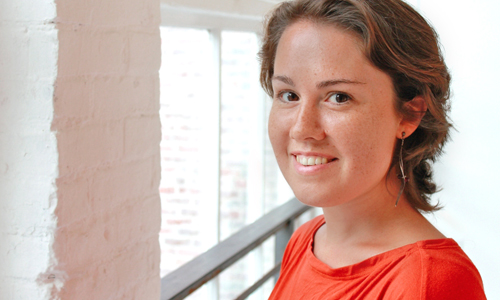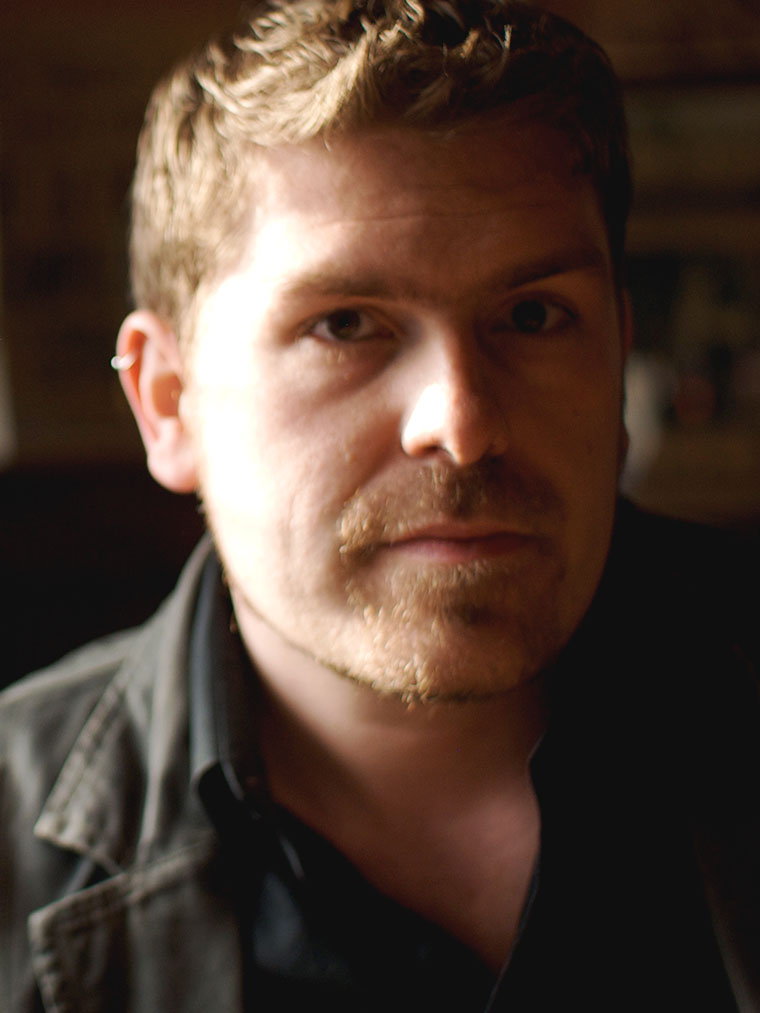Roomful of Teeth and A Far Cry at the National Gallery of Art
By Stephen Brookes • The Washington Post • February 20, 2017
Yodeling, whispering, grunting, even a dollop of Tuvan throat singing — it was all part of Sunday’s never-a-dull-moment performance at the National Gallery of Art by the vocal group Roomful of Teeth and the equally high-octane string ensemble A Far Cry. The two groups showcased new music from rising American composers, from the politically charged work of Ted Hearne to the more ethereal, post-minimalist (and Pulitzer Prize-winning) music of the remarkable Caroline Shaw. Composer Caroline ShawThe Far Cry players opened the afternoon with a transcription of Sergei Prokofiev’s 1917 “Visions Fugitives,” a collection of spare, suggestive miniatures for piano. Prokofiev played them occasionally as biting little encores; here, fleshed out heavily for 18 strings and served up as appetizers, they lost much of their delicate “fugitive” quality, coming off as pleasant and unremarkable as chilled shrimp.
Composer Caroline ShawThe Far Cry players opened the afternoon with a transcription of Sergei Prokofiev’s 1917 “Visions Fugitives,” a collection of spare, suggestive miniatures for piano. Prokofiev played them occasionally as biting little encores; here, fleshed out heavily for 18 strings and served up as appetizers, they lost much of their delicate “fugitive” quality, coming off as pleasant and unremarkable as chilled shrimp.
That may have been the fault of the swampy acoustics of the West Garden Court, which swallows musical detail mercilessly. But the focus sharpened tightly when Roomful of Teeth took the stage for the searing “You Are Not the Guy,” from Hearne’s five-part exploration of racial and cultural identity, “Coloring Book.” Opening in a bouncy, swing-era style, the a cappella work (on a text describing an arrest) darkened and built in power and intensity — a kind of bitter jauntiness in the face of violence.
While much of Hearne’s music is overtly political, his dense, idea-intensive “Law of Mosaics” for strings (which followed in the second half of the program) focused more on pure music, cutting and knitting together sections from other works, deliberately upending any sense of narrative to explore new paths to meaning. Composer Ted HearneHearne’s writing is virtuosic, complex and imaginative — almost to the point of brutality — and A Far Cry played it with fierce dedication. But it was the gentler, more warmly inviting music of Shaw and Rinde Eckert that seemed to most touch the National Gallery audience. Eckert’s yearning “Cesca’s View” from 2009 was built around a kind of melancholy yodeling, and singer Estelí Gomez turned what might have seemed a mere gimmick into a work of sensitivity and grace.
Composer Ted HearneHearne’s writing is virtuosic, complex and imaginative — almost to the point of brutality — and A Far Cry played it with fierce dedication. But it was the gentler, more warmly inviting music of Shaw and Rinde Eckert that seemed to most touch the National Gallery audience. Eckert’s yearning “Cesca’s View” from 2009 was built around a kind of melancholy yodeling, and singer Estelí Gomez turned what might have seemed a mere gimmick into a work of sensitivity and grace.
It was the music of Shaw, though, that was the most compelling of the afternoon. A member of the Teeth ensemble (sadly, not there for the performance), Shaw won the Pulitzer several years ago for her relentlessly inventive “Partita for 8 Voices,” and the singers performed its first movement, the Allemande. Effortlessly weaving together singing, spoken words and any number of vocal effects, the work seems utterly natural and unaffected and true, intellectually vibrant and spiritually almost exalting.
And that was true as well for “Music in Common Time,” a 2014 work for voices and strings that closed the program. Opening with a shimmering D chord as radiant as a sunrise, it seemed to darken and slowly unfold through waves of polytonality, using vocal effects (that Tuvan throat singing, at one point) and deceptively simple writing to create an atmosphere of elusive, luminous mystery that never let go of the heart.


Reader Comments